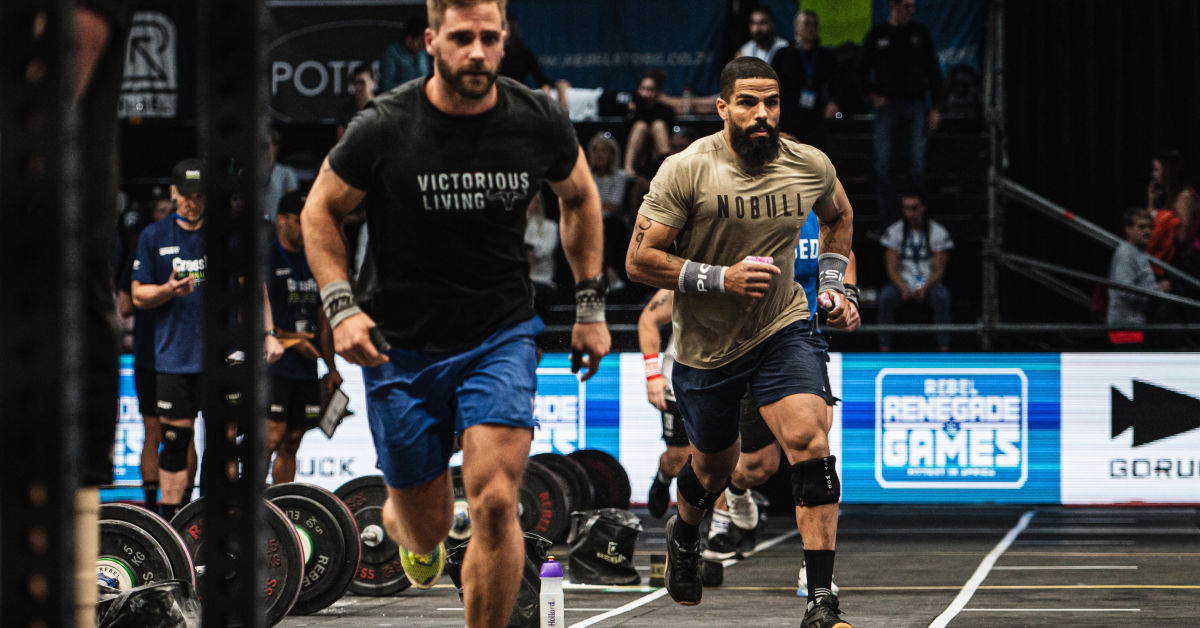The Key to Running Fast is Behind You
How to Improve Your Running Technique
The key to running faster is behind you. That may sound like clickbait, but it’s not. It doesn’t mean your best years are behind you, or that you’re destined to plod along at half marathons, Hyrox events, or triathlon run legs. It’s about running technique – the secret of which may lie in your hamstrings.
Why Running Technique Changes Everything
Watch a world-class runner and a weekend jogger side by side, and the contrast in running technique is striking. Joggers tend to move as though they’re jumping from one leg to the next, landing heavily, absorbing the impact, then pushing off again. Elite runners, on the other hand, seem to glide across the surface. Their feet stretch forward, but land already moving backwards, pulling the body smoothly over each step.
The difference is efficiency. When you push off like a jogger, much of the force goes down into the road or even against your direction of travel. That braking effect wastes momentum and energy. Elite runners channel their energy backwards, where it counts, propelling themselves forward with far less strain on their joints and connective tissue.
Relearning How to Run Efficiently
If you’ve been running inefficiently for years, change won’t happen overnight. Old habits take time to unlearn. You’ll need patience, persistence, and consistency. That means setting aside time to focus on form, ideally four to six weeks, where you’re not chasing race times or pace targets.
During this phase, your focus should be on running technique and strengthening your posterior chain: hamstrings, calves, and glutes. Every run becomes a practice in posture, position, and muscle engagement. It’s mentally demanding, but worth the effort.
Running Technique Cues to Practise
- Run tall – Keep your chin up, shoulders square, and spine aligned.
- Lean forward – Tilt slightly forward from your ankles (not your waist) as if your whole body is one line falling forward.
- Arms back, chest out – Drive your elbows backwards rather than swinging them across your body. This opens your chest and makes breathing easier.
When you put these cues together, your foot naturally lands beneath your centre of gravity. Look ahead, not down at your feet, and aim for light, quick steps, almost as if you’re sneaking up on someone. Each strike should flow into a pull from your hamstrings, driving one leg back as the other comes forward.
Hamstring Strength for Better Running Form
At first, this running technique can feel awkward and may leave your hamstrings sore. That’s a sign you’re using them properly. To support this shift, strengthen your posterior chain in the gym. A mix of weight training and, later, plyometric work will condition these muscles to handle the load of efficient running.
Hip mobility also plays a role. Greater extension at the back of your stride means a longer step and more ground covered with the same cadence, translating directly into faster running without extra effort.
Building Long-Term Efficiency
Focused training will start to ingrain new habits. As your muscles adapt and your technique improves, the movement becomes second nature. Over time, you’ll only need the occasional reminder, perhaps during interval sessions or track work, while the rest of your running can return to that enjoyable, flowing rhythm. Only now, you’ll cover more ground in the same time, feeling smoother and faster than before.
Ready to Refine Your Running Technique?
Improving your running technique starts with focusing on your body’s mechanics, but the right training tools make a difference, too. Check out REBEL’s training equipment, fitness gear and footwear to support your performance and keep your training on track.





Leave a Reply